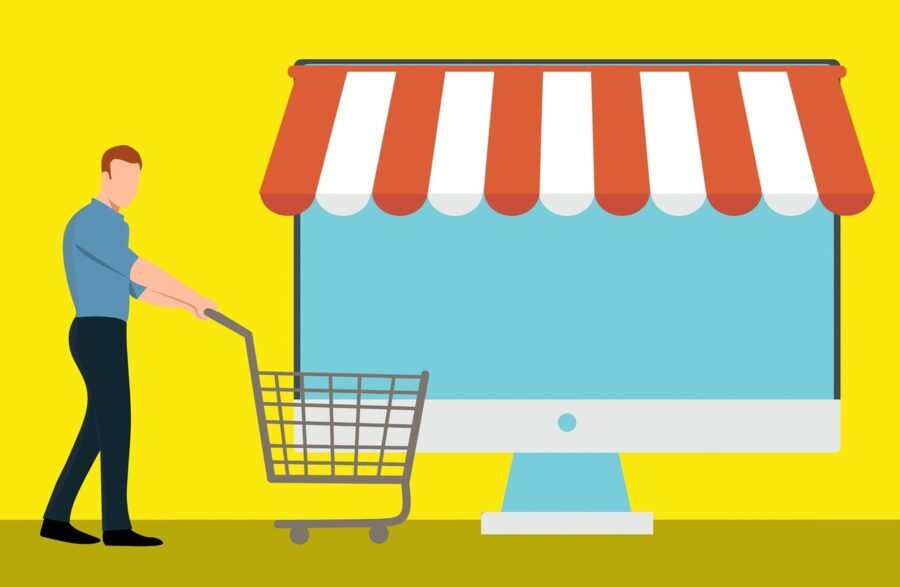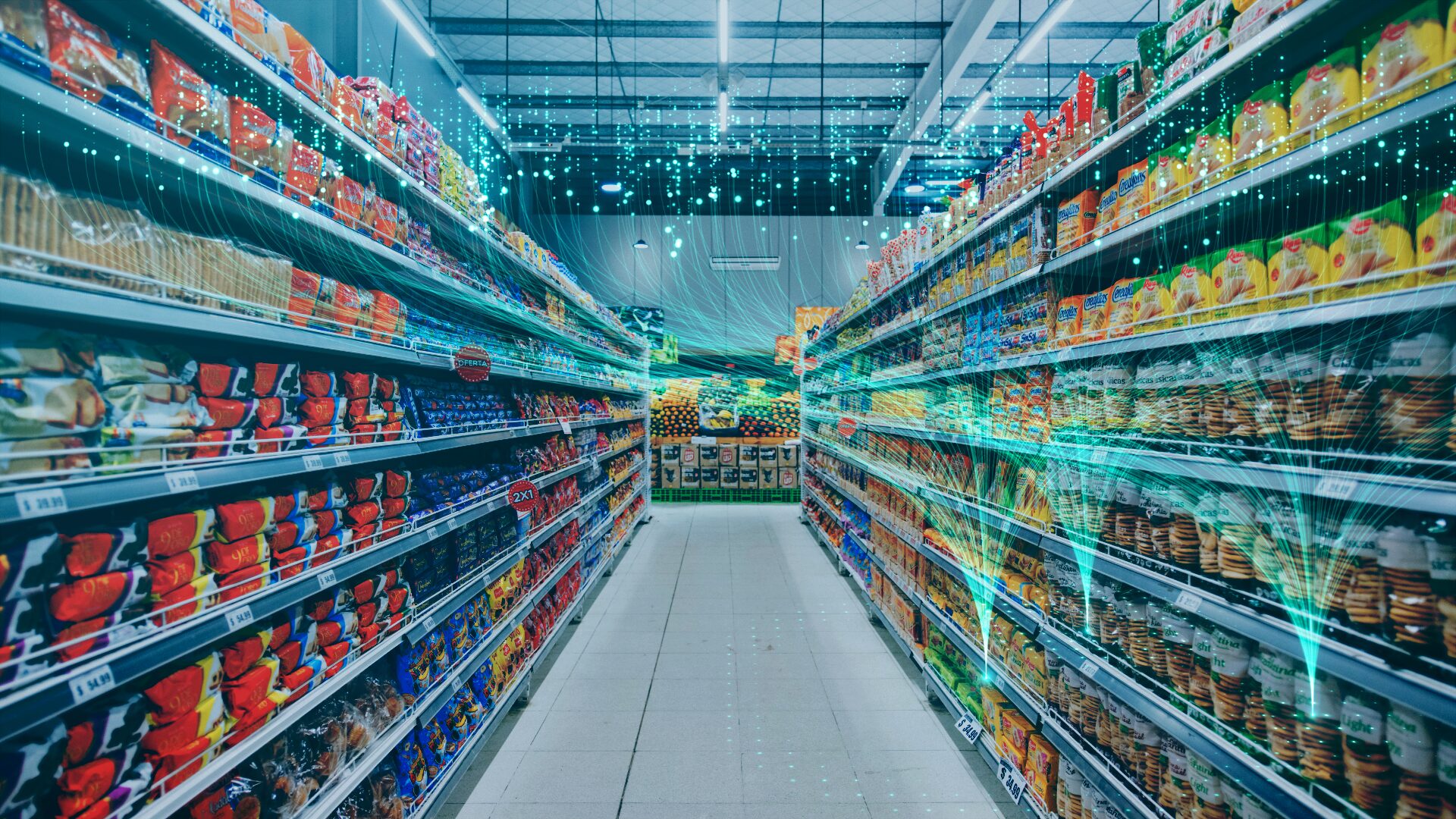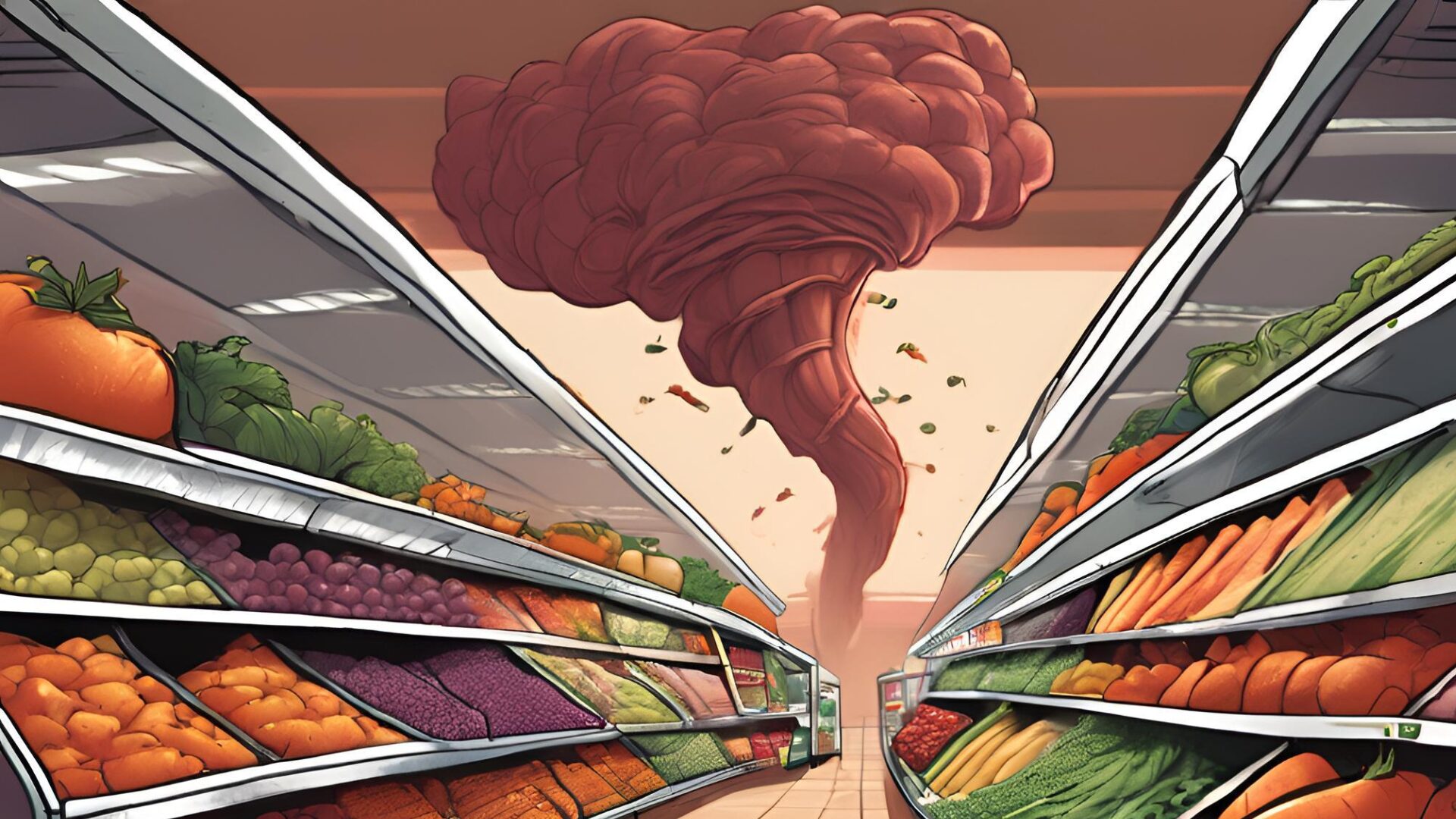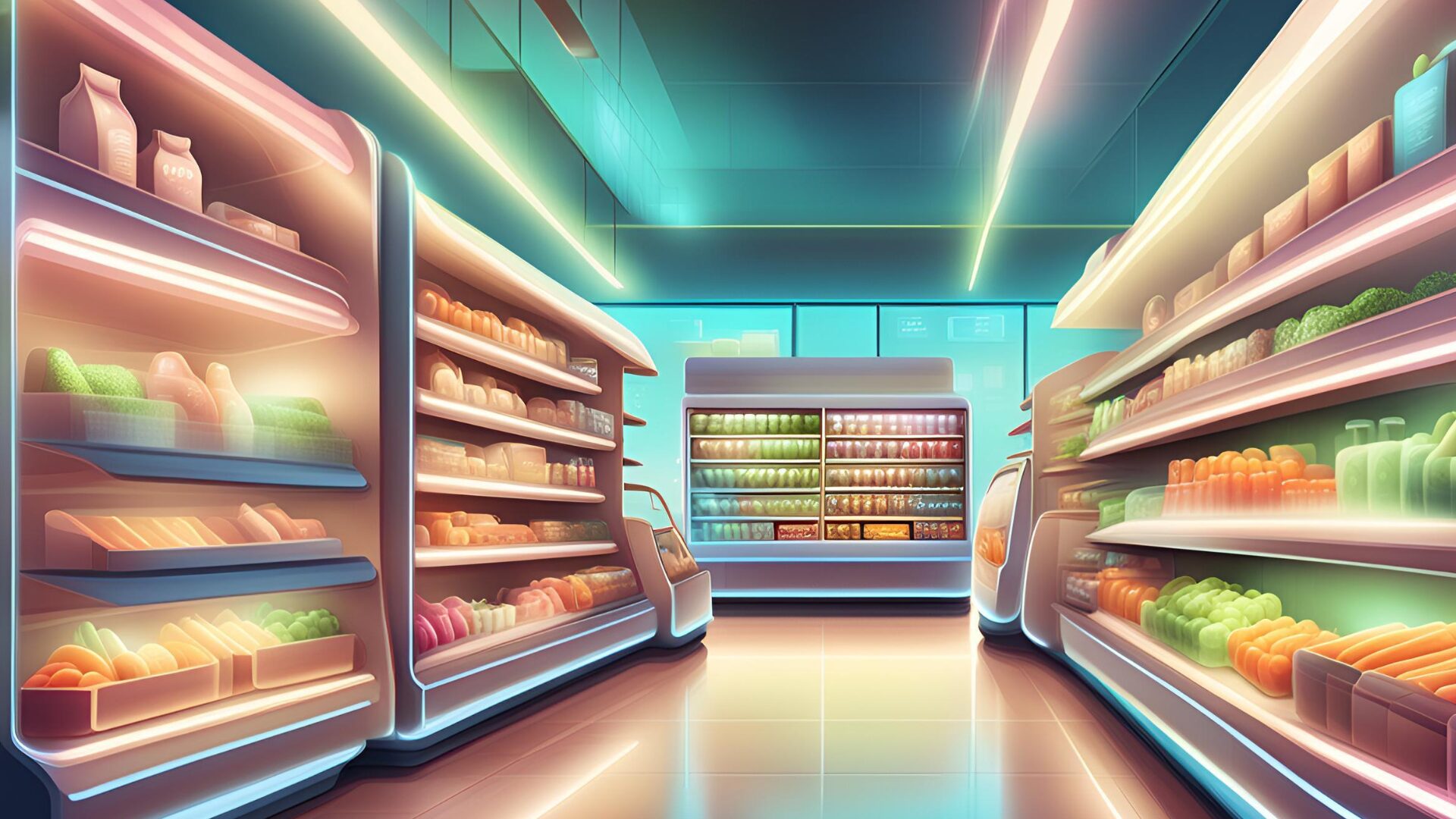Omnichannel shoppers enjoy seamless experiences across multiple channels, but there is still work for grocers to do if they want their offerings to reach their full potential. Providing a truly seamless experience isn’t about delivering one great transaction but consistently proving that you’re offering exactly what shoppers want no matter where, when, or how they shop.
“We know that choosing to shop online or in-store varies by the consumer, the specific circumstance, type of trip, product category, and a variety of other factors,” said Kelli Fulton, Consumer Insights Manager at 84.51°. “Retailers can help consumers get more comfortable shopping online by building trust that it will be done to their satisfaction and that the experience will be ‘seamless’ based on the consumer’s definition.”
Fulton cited a survey by 84.51° that looked at some of the top demands from omnichannel grocery shoppers. The biggest desires among this demographic were:
- The same coupons are available online and in-store (67%)
- The pricing for the same product is the same online and in-store (66%)
- The quality of the product is the same online and in-store (61%)
Achieving these goals is easier said than done, thanks to the complexity of managing both in-store and online experiences. Shoppers will currently choose one channel over the other because of factors like believing they won’t have access to a grocer’s full selection online, which causes 43% of customers to shop in-store for availability — not necessarily because they wanted to make a trip. According to Fulton, this is another area where delivering on consistency can pay off by making customers feel they can shop the channel they want (and not the one they must).
“Digging further into what these perceived category outages are can help grocers understand where they should focus to improve the online experience,” said Fulton. “There may always be some product categories like seafood, gifts, and produce where consumers will prefer to purchase in-store. However, as retailers build trust that their personal shoppers will provide the right items when consumers shop online, we’ll see more consumers shopping online for these ‘fresh’ categories.”
Maintaining availability requires grocers to stay ahead of supply issues and accurately forecast demand. Additionally, 48% of shoppers who shop both in-store and online shop multiple grocers, which means that many are perfectly comfortable taking their business elsewhere if they can’t find everything they need.
“We know, especially for higher income shoppers, that a miss on item availability can mean moving their entire basket — and likely future baskets — to a completely different retailer,” said Fulton. “Making sure item availability is clear when shoppers are building their online baskets can help ensure shoppers are not disappointed when picking up or having their order delivered. Secondarily, ensuring that any substitutions offered meet the needs of the shopper can also help increase satisfaction.”
Ultimately, maximizing the potential of omnichannel shoppers is all about striking a balance between both channels. Fulton noted that optimizing the in-store experience is a critical part of making online shopping more appealing, and the same is true of digital offerings.
“Getting the experience right is especially important online and building habits that make it easy to shop given how easily consumers can switch from one retailer to another,” said Fulton. “Consumers are expecting the online experience to be convenient, so ensuring they are not disappointed will benefit the entire store, not just online business.”












